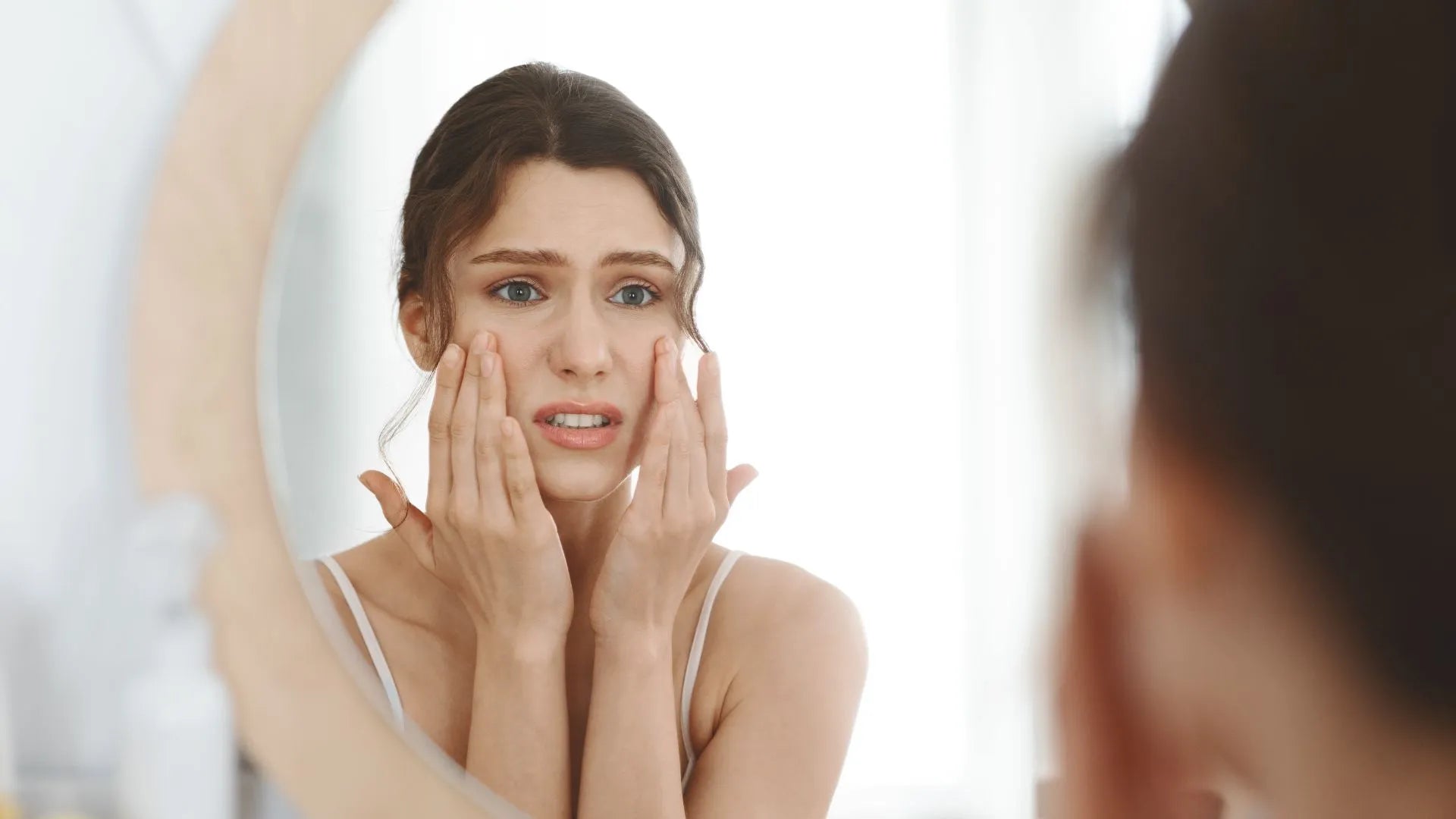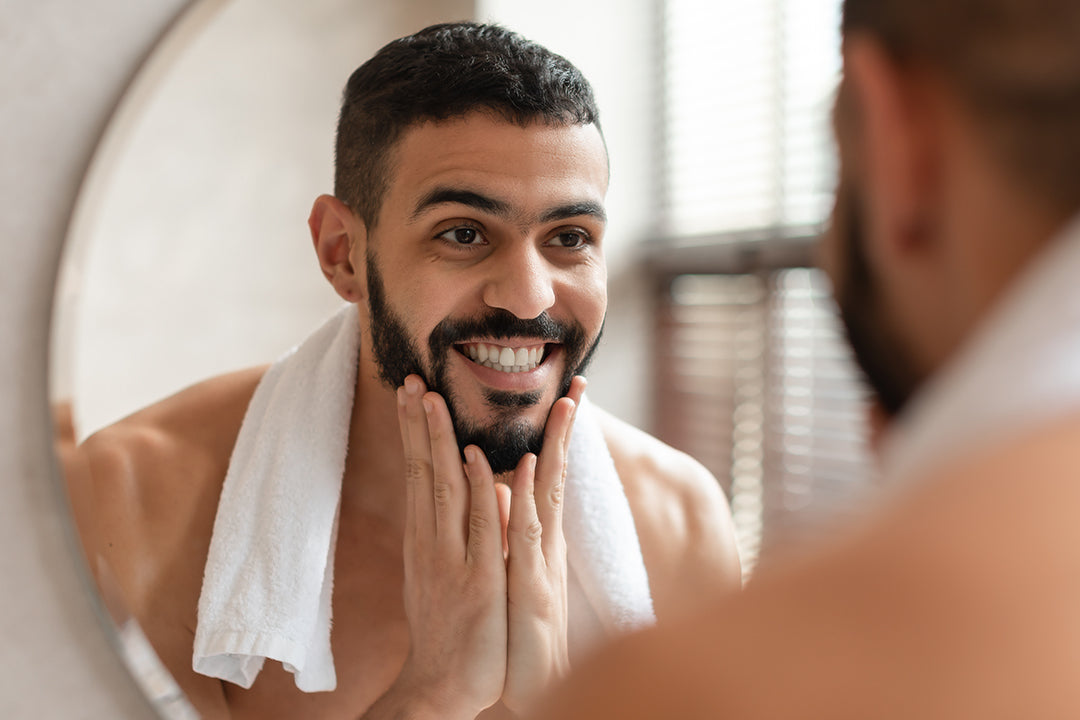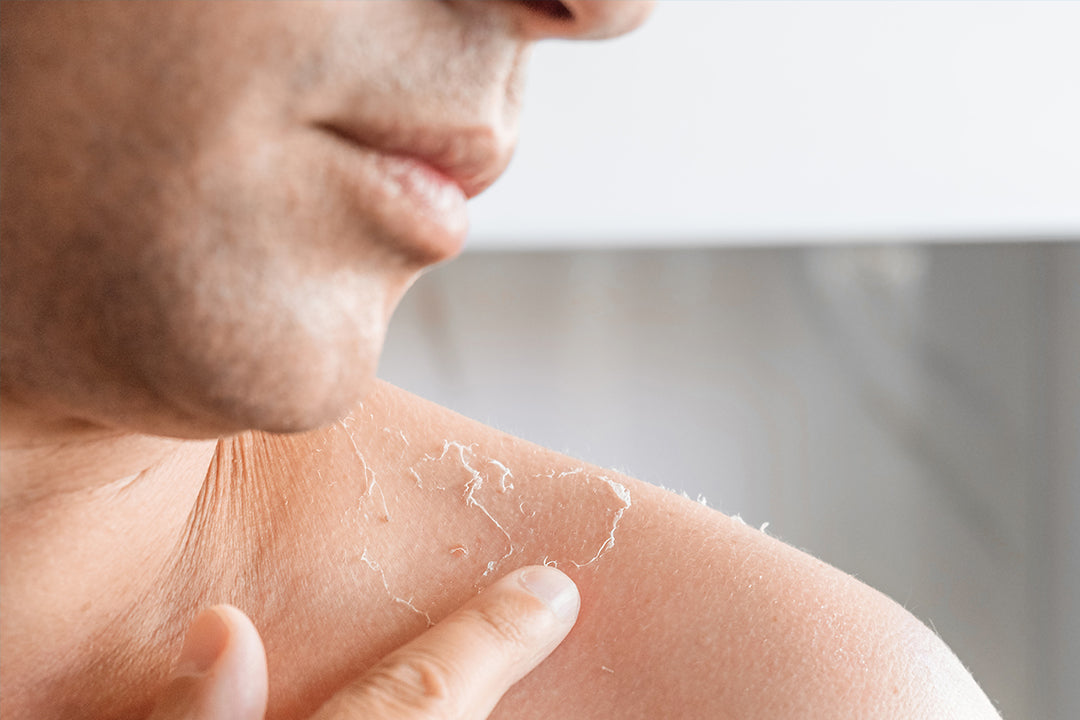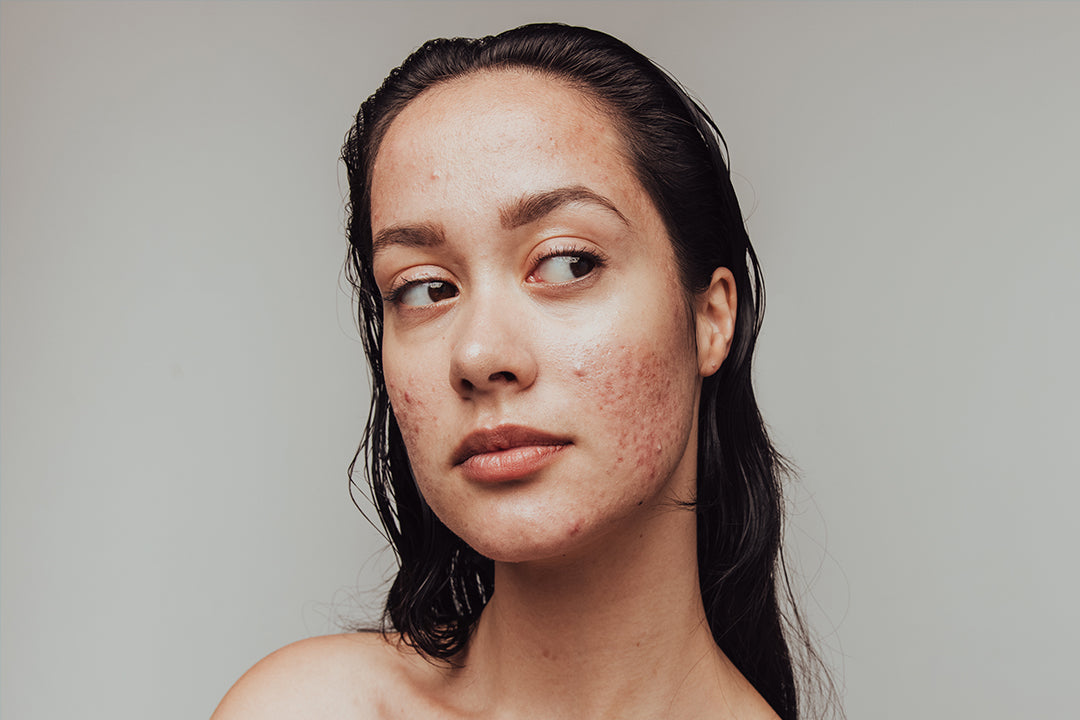If you've ever noticed tiny dark dots on your nose or other areas of your face, you may have come across sebaceous filaments. These natural skin features are often mistaken for blackheads, but they serve an important purpose in maintaining healthy skin. In this guide, we'll explore what sebaceous filaments are, how they differ from blackheads, and whether you should remove them or leave them alone.
Sebaceous Filaments vs. Blackheads
Although sebaceous filaments and blackheads may look similar, they are two different things. Both are a result of sebum buildup and are often found on the nose, but their underlying causes and characteristics differ.
Blackheads are a type of acne caused by a combination of sebum, dead skin cells, and bacteria clogging your hair follicles. They appear as small, black or dark-colored bumps on the surface of the skin. Unlike sebaceous filaments, blackheads can become inflamed and develop into pimples or acne.
Sebaceous filaments, on the other hand, are a natural part of your skin's structure. They are not a type of acne and do not lead to skin problems. While they may sometimes be visible, especially on the nose, they are generally not a cause for concern.
It's important to understand that sebaceous filaments are a normal and healthy part of your skin. They serve a crucial function in maintaining skin moisture and lubrication. Hence, why you should leave sebaceous filaments alone.
How to Tell Sebaceous Filaments from Blackheads
While sebaceous filaments and blackheads may look similar, there are a few key differences to help you distinguish between them:
- Color: Sebaceous filaments are usually light gray or yellowish in color, while blackheads are dark or black.
- Texture: Sebaceous filaments have a smoother texture and are less raised than blackheads, which often have a rough or bumpy texture.
- Appearance: Sebaceous filaments are more evenly distributed and can be seen as a grid-like pattern on the skin, while blackheads may appear in clusters or randomly.
- Removability: It's important to note that while blackheads can be removed through extraction or other treatments, sebaceous filaments cannot be completely eliminated as they are a natural part of your skin.
Skincare tips for Sebaceous Filaments?
While it's generally recommended to leave sebaceous filaments alone, some people may prefer to minimize their appearance. If you choose to remove sebaceous filaments, it's essential to do it gently and without causing damage to your skin. Here are a few methods you can try:
1. Salicylic Acid
Salicylic acid is a common ingredient in skincare products and can help to exfoliate the skin and unclog pores. Look for cleansers, toners, or serums containing salicylic acid and incorporate them into your skincare routine.
2. Glycolic Acid
Glycolic acid is another exfoliating ingredient that can help to break down sebum and dead skin cells. It can be found in various skincare products, such as cleansers, toners, and chemical peels. Use glycolic acid-based products as directed and avoid over-exfoliation.
3. Retinoids
Retinoids, such as retinol or prescription-strength tretinoin, can help to regulate oil production and prevent the formation of clogged pores. Incorporate a retinoid product into your nighttime skincare routine, following the instructions provided.
4. Face Masks
There are several types of face masks available that can help to draw out impurities and minimize the appearance of sebaceous filaments. Look for clay masks, charcoal masks, or other purifying masks and use them according to the instructions.
5. Pore Vacuum
A pore vacuum device uses suction to remove excess oil and impurities from the skin. It can be an effective tool for extracting sebaceous filaments, but it should be used with caution to avoid skin damage.
Skincare tips for Sebaceous Filaments?
The tips above can also help with blackheads. Additionally, you can use pore strips occasionally, but be gentle when removing them. If you have stubborn blackheads, consult a dermatologist for professional extraction and treatment recommendations.
Takeaway
Sebaceous filaments are natural, healthy skin features that help move sebum to the surface for moisturizing. While they may resemble blackheads, they are different in nature and should be treated with care. It's generally recommended to leave sebaceous filaments alone, as they serve an important function in maintaining skin health. However, if you prefer to minimize their appearance, there are various skincare methods you can try.
Remember: Love the skin you're in! Sebaceous filaments are a normal part of having healthy skin. Focus on a gentle and consistent skincare routine to achieve a smoother, clearer complexion. And if you're ever unsure, a dermatologist can always help you determine what you're dealing with and create a personalized plan.









